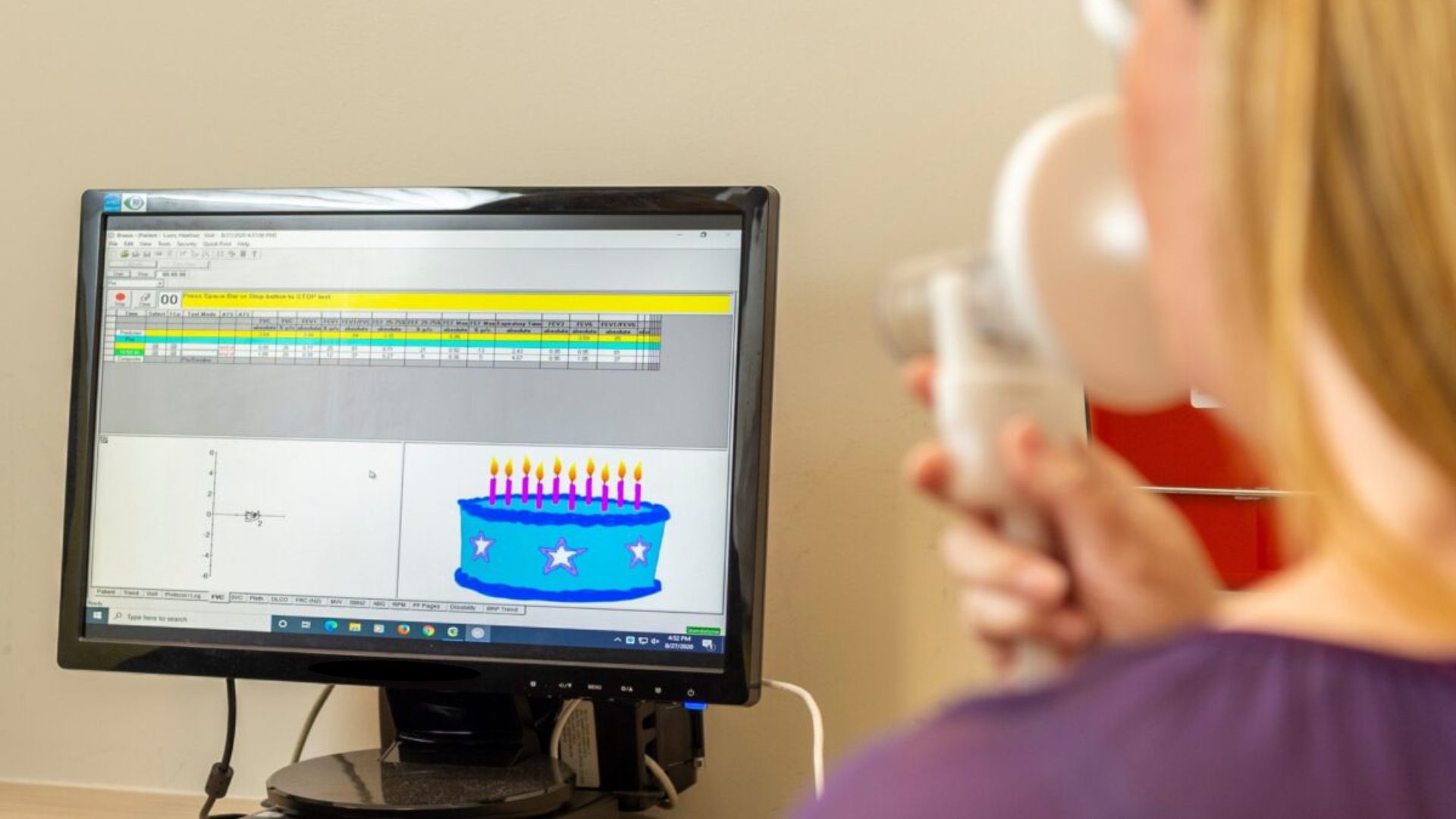EIB can be diagnosed with Bronchopulmonary challenge tests. The tests can be:
Eucapnic voluntary hyperventilation tests (gold standard), Exercise provocation test, Cold air challenge
What are the treatment options for EIB?
The treatment options for EIB and underlying asthma may include:
1. Short-acting bronchodilators: These medications provide quick relief by relaxing the airway muscles and can be used before exercise to prevent symptoms.
2. Long-acting bronchodilators: These medications provide long-term control of symptoms.
3. Inhaled corticosteroids: These anti-inflammatory medications can help reduce airway inflammation and are often used in combination with bronchodilators for long-term management.
4. Leukotriene modifiers: These medications block the effects of leukotrienes, which are inflammatory substances involved in EIB.
5. Avoidance of triggers: Taking preventive measures such as warming up before exercise, exercising in a warm and humid environment, and wearing a mask or scarf over the mouth and nose during exercise in cold weather and dietary changes to low salt diet, use of vit C and omega 2 fatty acids can help reduce EIB symptoms.
 Doping challenge:
Doping challenge: Always check (Prohibited Substances and methods | Sports Integrity Australia and Global DRO - Home) and ensure the medication being used is not prohibited, as some are prohibited for its use during the competition, and some are allowed only conditionally. If an athlete needs any of the prohibited medications, then they can apply for Therapeutic Use Exemption ((TUE)
It's important to note that EIB can be managed effectively with appropriate treatment and lifestyle adjustments, allowing individuals to continue participating in physical activities. Working closely with a healthcare professional can help in developing a personalized management plan based on your specific needs.


